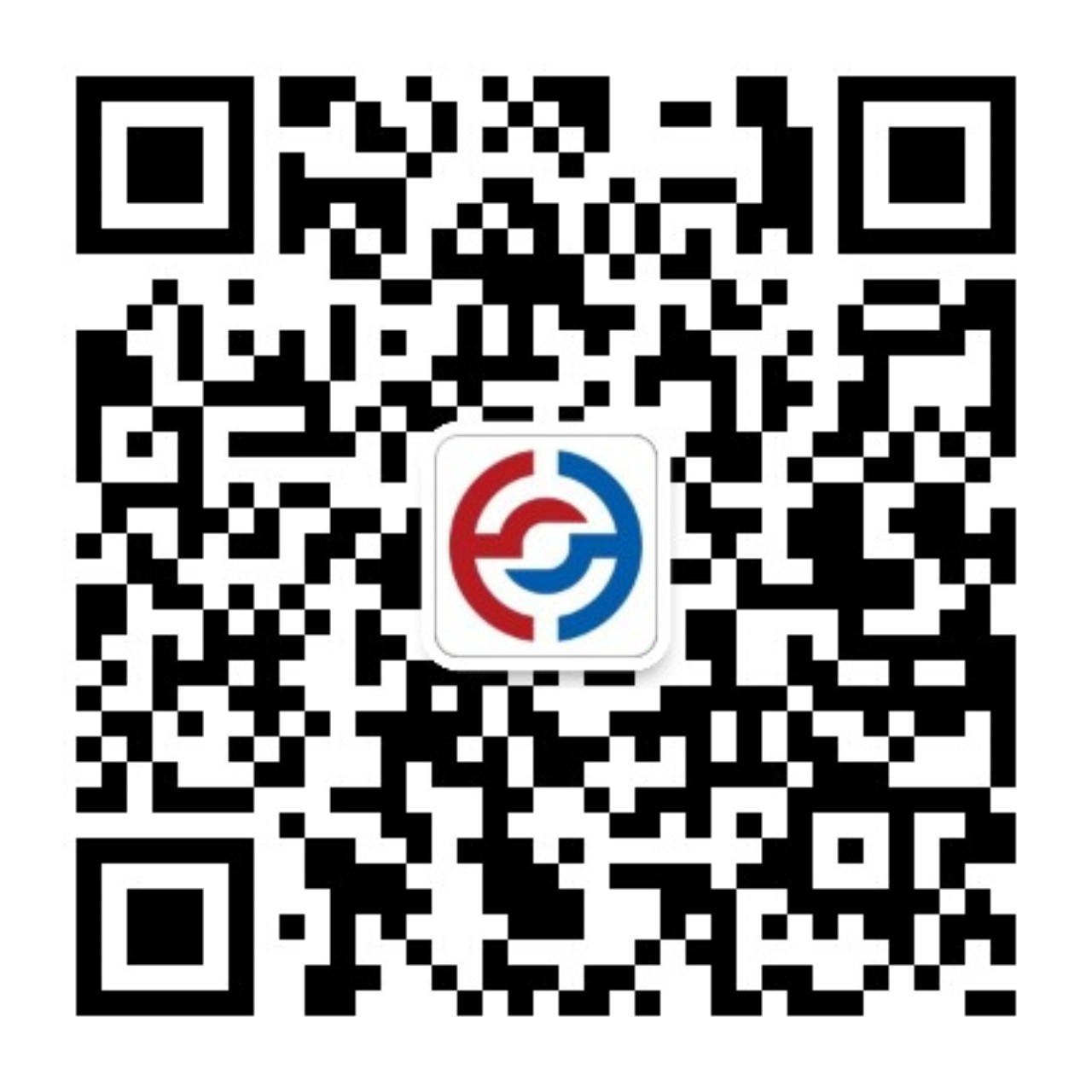由于出口下降而进口增加,立陶宛的贸易逆差从去年同期的1.46亿欧元扩大到2025年9月的5.70亿欧元。出口同比下降0.3%,至32.56亿欧元,主要原因是各种化工产品(-30.3%)和化肥(-27.9%)的出货量大幅下降。与此同时,由于矿物燃料、矿物油和蒸馏产品(33.7%)以及陆地车辆(8.6%)的购买量增加,进口额增长12.1%,达到38.26亿欧元。在1月至9月期间,该国的贸易逆差从一年前的30.32亿欧元扩大到49.74亿欧元,出口下降1.1%,进口增长5.3%。在此期间,对荷兰(-6.8%)、爱沙尼亚(-1.1%)和美国(-0.6%)的出口下降,而对波兰(2.8%)、德国(8.9%)、拉脱维亚(7.0%)、中国(23.1%)和荷兰(9.5%)的进口上升。
Lithuania’s trade deficit widened to EUR 0.570 billion in September 2025 from EUR 0.146 billion in the same month last year, as exports dropped while imports increased. Exports fell by 0.3% year-on-year to EUR 3.256 billion, primarily due to sharp declines in shipments of various chemical products (-30.3%) and fertilizers (-27.9%). Meanwhile, imports climbed by 12.1% to EUR 3.826 billion, driven by higher purchases of mineral fuels, mineral oils and distillation products (33.7%) and land vehicles (8.6%). In the January–September period, the country’s trade deficit expanded to EUR 4.974 billion from EUR 3.032 billion a year earlier, with exports falling 1.1% while imports rising 5.3%. Over this period, exports declined to the Netherlands (-6.8%), Estonia (-1.1%), and the US (-0.6%), while imports rose from Poland (2.8%), Germany (8.9%), Latvia (7.0%), China (23.1%), and the Netherlands (9.5%).













